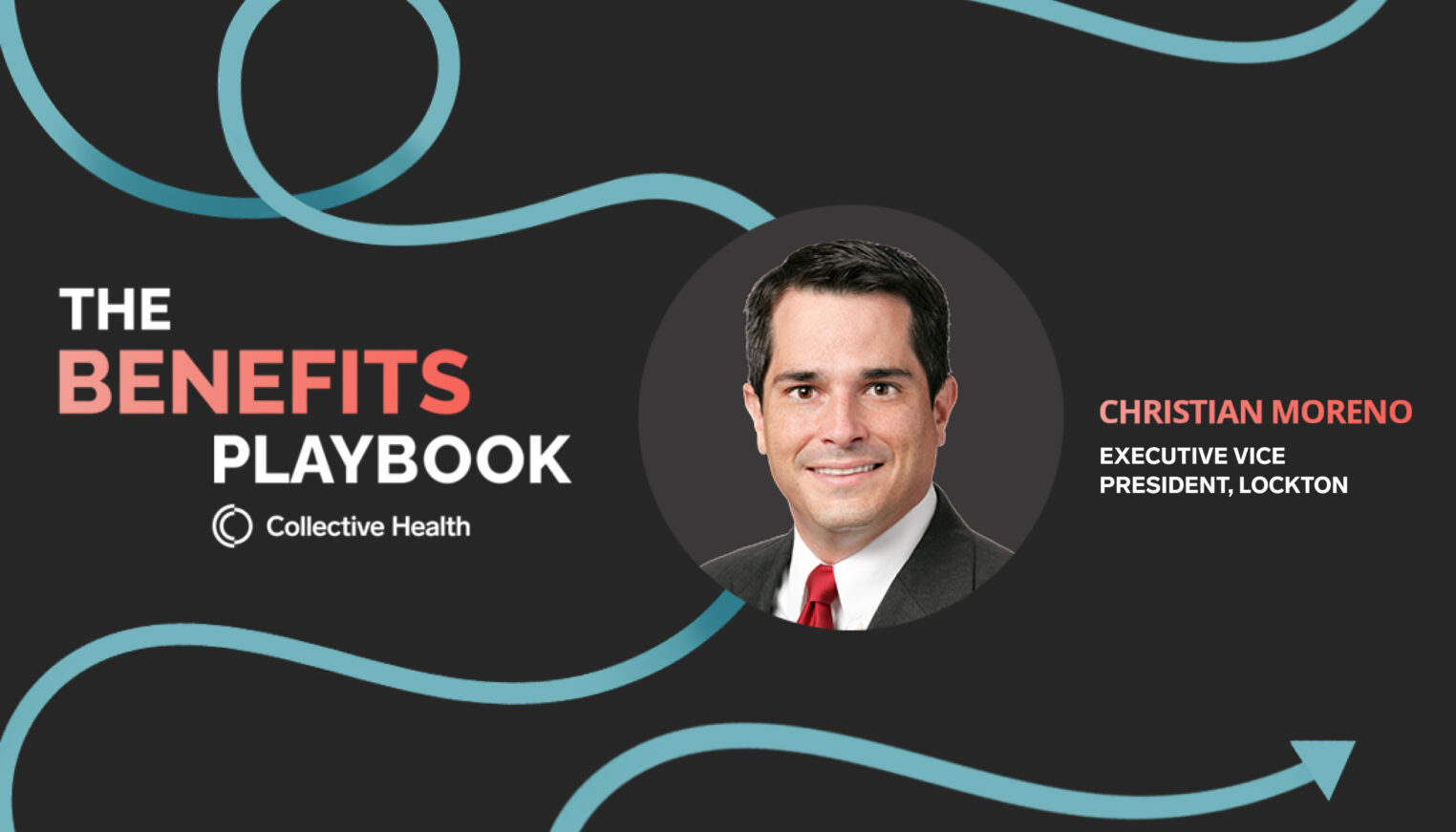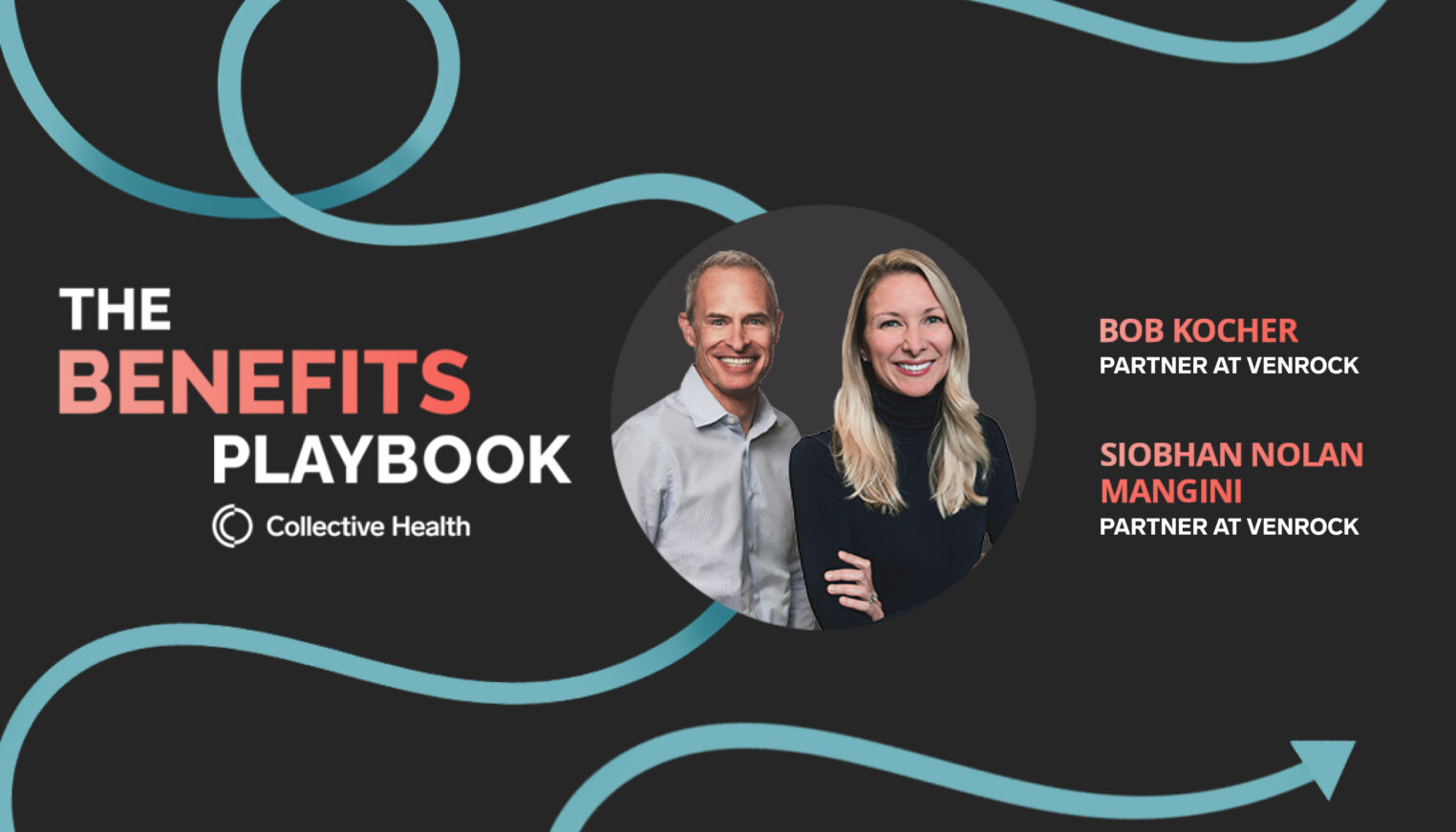You’re surrounded by smart, talented people. Whether they’re developing software, leading projects, or managing budgets, they’re making complex decisions every day. And yet, research shows that even the brightest people struggle to select the right health benefits for themselves and their families— a 2016 Policygenius survey of over 2,000 people found that less than half of respondents felt confident in choosing the best health plan to fit their needs.
When unsure of which plan to choose, your employees may default to coverage options that aren’t best for their situations—selecting “top” (read: expensive) plans under the assumption they’re the best for everyone, or opting for a high-deductible plan due to lower monthly premiums despite an ongoing condition. But why? As it turns out, there are more than a few good reasons.
PROBLEM #1
Choice paralysis
To attract and retain top people, companies often present benefits packages with multiple options. While in theory this would allow each person to select the plan that fits his or her exact needs, people tend to feel overwhelmed by more choices, and find it near impossible to research each option thoroughly. Similarly, only a small percentage of people really grasp the complexity of plan cost levers such as deductibles, copayments, and maximum out-of-pocket (MOOP/OOPM) costs, so they may not know how to pick the plan that’s right for them.
Real-world examples can help showcase how different plans work—include situations like a planned pregnancy, an unexpected sports injury, or ongoing treatment of a chronic condition, so your people can better understand their cost responsibility in each situation.
PROBLEM #2
Confusing jargon
Even as more and more resources for health insurance education pop up, confusion about what all that language actually means persists. A 2006 study from the U.S. Department of Education found that only 12% of American adults were proficient in their health literacy.
Give your people benefits information in plain, straightforward language, and consider offering a benefits glossary during your Open Enrollment information sessions.
PROBLEM #3
Translating benefits to costs
A 2020 Policygenius survey on health insurance literacy found that around one in four Americans avoided care because they didn’t know what their health insurance plan covered, and more than 8% of respondents said they avoided COVID-19 testing, treatment and care because they were unsure whether it was covered.
When it comes to calculating what your health benefits will actually cost you, you must be able to predict which healthcare services you will likely use in the coming year, understand the costs of those services, and then factor the total cost of those services alongside the cost of your monthly premiums, your deductible, copayments, and coinsurance. In other words— it’s a lot of calculating.
Again, provide real-world examples in your plan overviews (or ask your carrier to!) to help your people conceptualize what they may be responsible for if they experience a health concern.
So what can you do?
We put together some ways to make this year’s Open Enrollment your most effective and engaging yet. Check them out, and share your favorite Open Enrollment tips and tricks with us on LinkedIn and Twitter.



